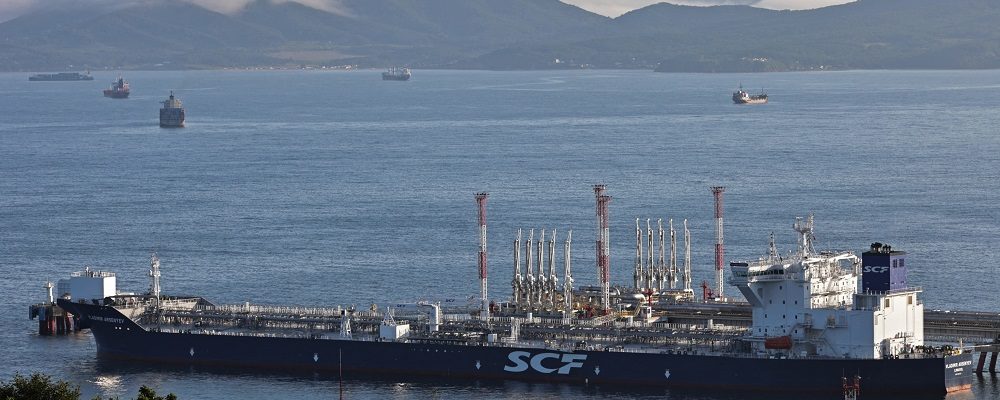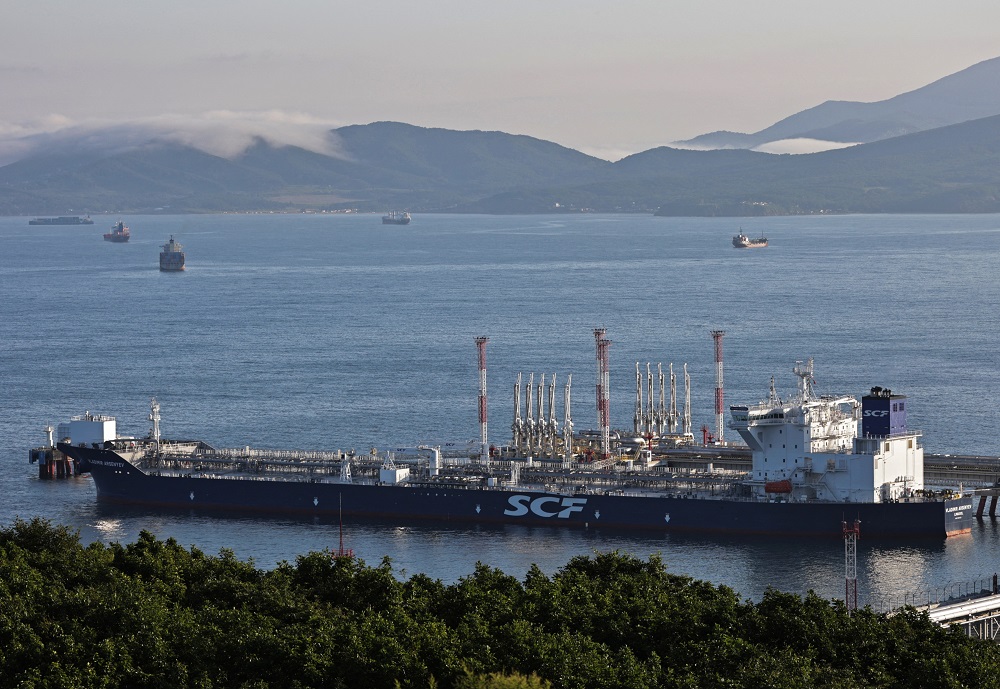

LONDON (Reuters)
Oil prices rose today (February 20), buoyed by optimism over Chinese demand, continued production curbs by major producers and Russia’s plans to rein in supply.
Brent crude rose US$1.16, or 1.4 per cent, to US$84.16 a barrel by 1353 GMT. US West Texas Intermediate (WTI) crude for March, which expires on Tuesday, was up US$1.09, or 1.4 per cent, at US$77.43.
The benchmarks settled US$2 down on Friday for a decline of about four per cent over the week after the United States reported higher crude and gasoline inventories.
PRICE CAPS ON RUSSIAN OIL, OIL PRODUCTS
The OPEC+ producer group comprising the Organization of the Petroleum Exporting Countries (OPEC) and allies including Russia agreed in October to cut oil production targets by two million barrels per day (bpd) until the end of 2023.
Separately Russia plans to cut oil production by 500,000 bpd, equating to about five per cent of its output, in March after the West imposed price caps on Russian oil and oil products.
Analysts, meanwhile, expect China’s oil imports to hit a record high in 2023 to meet increased demand for transportation fuel and as new refineries come on stream.
FUTURE SUPPLY SHORTAGES LIKLEY TO DRIVE UP PRICES
“The optimism around China today may be responsible for the gains we’re seeing in crude, which would make a lot of sense given it’s the world’s largest importer and expected to recover strongly from the COVID transition,” said Craig Erlam, senior markets analyst at OANDA in London.
China and India have become major buyers of Russian crude since the European Union embargo.
At the same time, future oil supply shortages are likely to drive prices toward US$100 a barrel by the end of the year, Goldman Sachs analysts said in a February 19 note.
Prices will move higher “as the market pivots back to deficit with underinvestment, shale constraints and OPEC discipline ensuring supply does not meet demand”, they wrote.







Comments